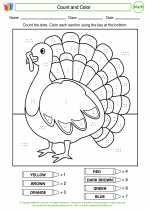Ascending Order
Ascending order is a way of arranging a set of numbers from the smallest to the largest. When numbers are arranged in ascending order, each number in the list is greater than or equal to the number that comes before it.
For example, let's arrange the numbers 7, 2, 9, 4, and 5 in ascending order:
- 2
- 4
- 5
- 7
- 9
As you can see, the numbers are now in ascending order, with 2 being the smallest and 9 being the largest in the set.
When comparing numbers to arrange them in ascending order, you can use the "greater than" (>) or "less than" (<) symbols to determine their relative positions.
Ascending order is an important concept in mathematics and is often used when organizing data or solving problems that involve comparing numbers.
Understanding how to arrange numbers in ascending order can be helpful in various mathematical operations and real-life situations.
It's important to note that arranging numbers in ascending order helps in identifying the smallest and largest numbers in a set, making it easier to analyze and work with the data.
Overall, arranging numbers in ascending order is a fundamental skill in mathematics that helps in organizing and comparing numerical values.
[Ascending Order] Related Worksheets and Study Guides:
.◂Math Worksheets and Study Guides Second Grade. Counting to 999

 Activity Lesson
Activity Lesson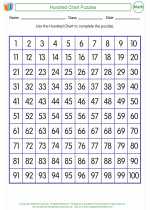
 Activity Lesson
Activity Lesson
 Activity Lesson
Activity Lesson
 Worksheet/Answer key
Worksheet/Answer key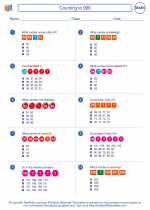
 Worksheet/Answer key
Worksheet/Answer key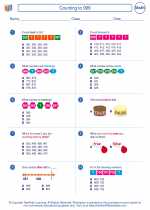
 Worksheet/Answer key
Worksheet/Answer key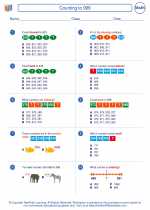
 Worksheet/Answer key
Worksheet/Answer key
 Worksheet/Answer key
Worksheet/Answer key